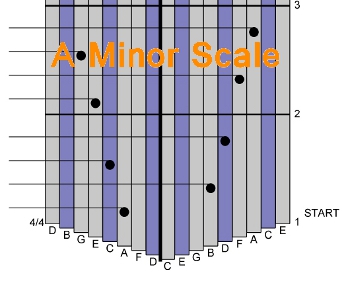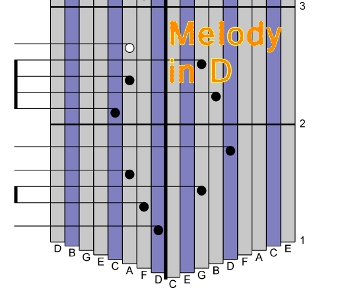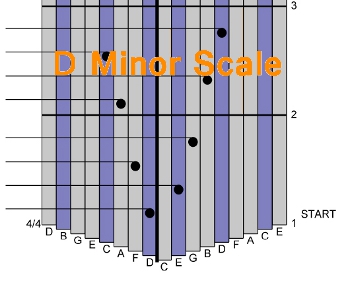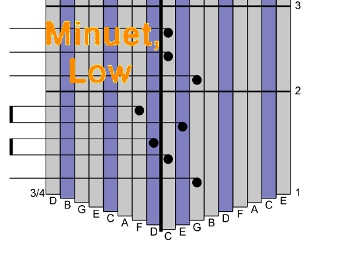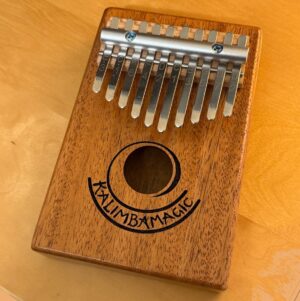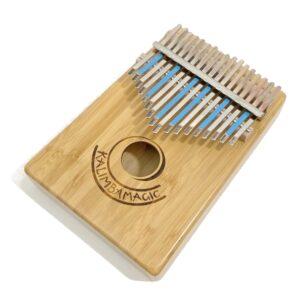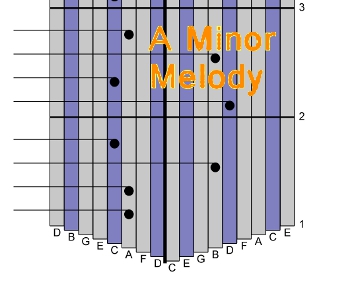
Little Bits of Music – Playing Scales 6
An example of a song that uses the A Minor Scale A Box Lotus and a Regular Lotus Karimba This series of tips is about scales and how useful they are for the kalimba player. Really, this song lives in the A minor scale. It breathes the air and drinks the water of A minor. It knows the curves and twists of A minor, and it follows them. It is founded on the land of A minor. OK – I like to be dramatic. Do you remember the song “Those Were the Days, My Friend”? That is an example of a song that lives and breathes in a minor scale.
